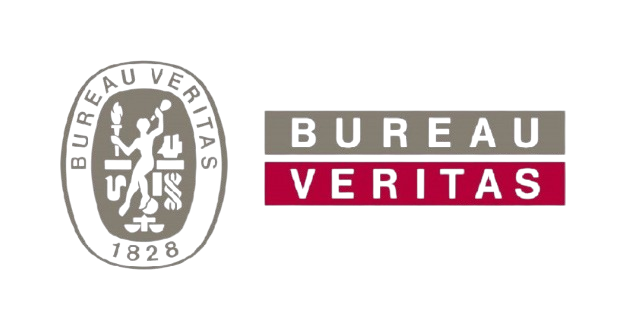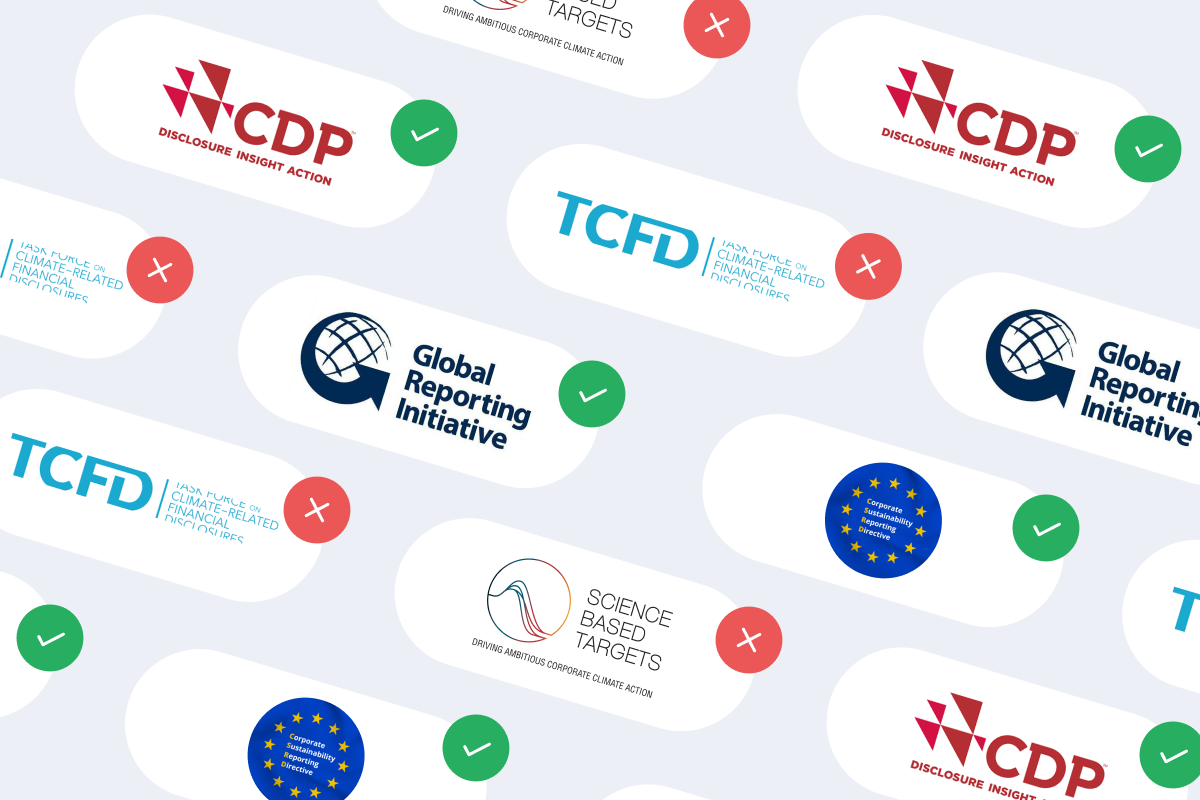Back to the blog
How to reduce the carbon footprint in logistics?
Carolina Skarupa
Product Carbon Footprint Analyst
Environmental degradation, accelerated by human activity, demands urgent action to mitigate its impact. While awareness of sustainability is growing, many companies, especially in logistics and transportation, have yet to adopt measures to address this critical issue.
Transportation vehicles are a significant contributor to global CO2 emissions, making the logistics sector a key focus in the fight against climate change.
This guide provides a complete overview of how to reduce carbon footprints in logistics through innovative and sustainable strategies.
What is a carbon footprint in logistics?
A carbon footprint measures the total greenhouse gases (GHGs) emitted directly or indirectly by an individual, organization, event, or product. These emissions, primarily CO2, are released into the atmosphere through various activities, contributing to the greenhouse effect and climate change.
In logistics, the carbon footprint includes emissions across the supply chain, from manufacturing and transportation of products to storage, distribution, and final delivery.
What is sustainable logistics?
Sustainable logistics is about minimizing the environmental impact of logistics operations without compromising efficiency. It involves implementing strategies and tools to:
- Reduce GHG emissions: Optimize routes, use eco-friendly vehicles, and adopt energy-efficient technologies.
- Minimize resource consumption: Conserve fuel, water, and energy in warehouses and offices, and manage waste responsibly.
- Adopt responsible practices: Partner with environmentally conscious suppliers, use recycled materials, and promote circular economy initiatives.
Platforms like Manglai, specializing in carbon footprint measurement under the GHG Protocol and ISO 14064 standards, provide comprehensive solutions for businesses to measure, analyze, and reduce their environmental impact.
Strategies to reduce carbon footprints in logistics
1. Eco-friendly vehicles
Adopting eco-friendly vehicles, such as electric or hydrogen-powered trucks, is one of the most effective strategies for reducing CO2 emissions in logistics.
Advantages:
- Lower emissions: Drastically reduce or eliminate CO2 and other pollutants.
- Energy efficiency: Achieve higher energy efficiency than traditional vehicles.
- Reduced noise pollution: Operate more quietly, benefiting urban areas.
- Tax incentives: Many countries offer fiscal benefits for eco-friendly vehicle adoption.
2. Sustainable logistics
Sustainable logistics integrates environmental responsibility into all supply chain stages, from planning to final delivery.
Key measures:
- Route optimization: Use planning software to reduce travel distances and fuel consumption.
- Efficient fleet management: Implement systems to monitor fuel use, optimize routes, and promote efficient driving practices.
- Eco-friendly warehouses: Design warehouses with renewable energy systems, efficient lighting, waste management, and water-saving features.
- Sustainable packaging: Use recycled, biodegradable, or reusable materials and optimize packaging to reduce size and weight.
- Sustainable supplier collaboration: Partner with environmentally conscious suppliers.
3. Green technologies
Green technologies, or clean technologies, are essential for minimizing carbon footprints in logistics.
Examples of green technologies:
- Fleet management software: Monitor vehicle locations in real time, optimize routes, and track fuel consumption.
- Intelligent transportation systems (ITS): Reduce congestion and optimize vehicle flow.
- Renewable energy: Install solar panels in warehouses and offices to reduce reliance on the grid.
- Internet of Things (IoT): Use sensors to optimize inventory management, temperature control, and shipment tracking.
- Big data and predictive analytics: Analyze data to optimize routes, forecast demand, and enhance operational efficiency.
4. Route optimization
Optimizing routes reduces vehicle travel distances, lowering fuel consumption and CO2 emissions.
Benefits:
- Cost savings: Reduced fuel consumption translates to significant financial savings.
- Improved efficiency: Faster deliveries, better vehicle load utilization, and enhanced operation planning.
- Better customer service: Faster, more reliable deliveries improve satisfaction.
Tools for route optimization:
- Route planning software: Account for multiple stops, traffic restrictions, and optimize routes by distance, time, or cost.
- Geolocation systems: Track vehicle locations in real time for better fleet management and route adjustments.
5. Training and awareness
Reducing carbon footprints in logistics relies heavily on employee awareness and training. Drivers, logistics managers, and other personnel must understand their environmental impact and adopt sustainable practices.
Actions to foster awareness:
- Training programs: Offer sustainability-focused training on energy efficiency and environmental best practices.
- Internal communication: Share company initiatives and progress on reducing carbon footprints with employees.
- Incentives: Reward employees who contribute to reducing the company’s environmental impact.
Carolina Skarupa
Product Carbon Footprint Analyst
About the author
Graduated in Industrial Engineering and Management from the Karlsruhe Institute of Technology, with a master’s degree in Environmental Management and Conservation from the University of Cádiz. I'm a Product Carbon Footprint Analyst at Manglai, advising clients on measuring their carbon footprint. I specialize in developing programs aimed at the Sustainable Development Goals for companies. My commitment to environmental preservation is key to the implementation of action plans within the corporate sector.
Content
Companies that already trust manglai














Market-based vs. Location-based Emissions Accounting
Understand the difference between Market-based and Location-based Emissions Accounting methods.
12 May, 2025
The Sustainable Apparel Coalition: Impact on the fashion industry
Explore how the coalition promotes ethical sourcing and sustainability in fashion.
23 April, 2025
Fugitive emissions: Identifying and managing leaks
Understand fugitive emissions, their impact, and mitigation strategies for businesses.
16 April, 2025
Guiding businesses towards net-zero emissions through AI-driven solutions.
© 2025 Manglai. All rights reserved
Política de Privacidad


